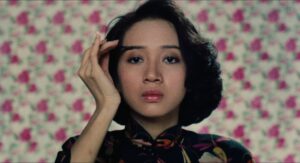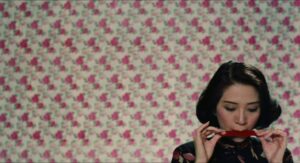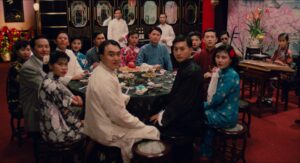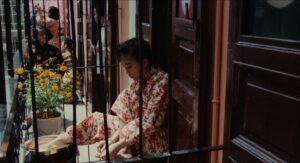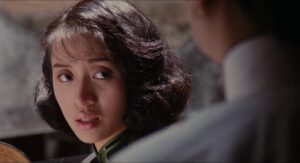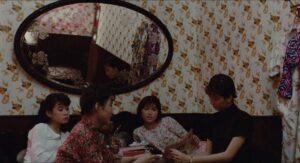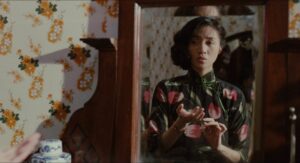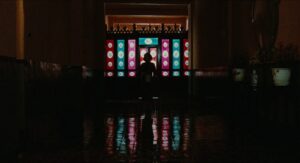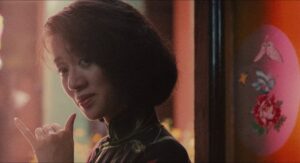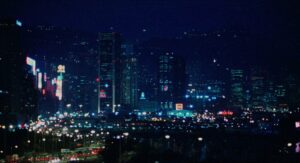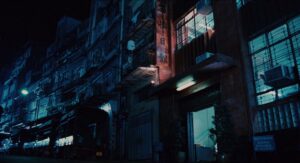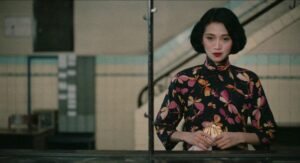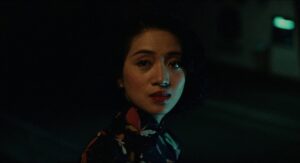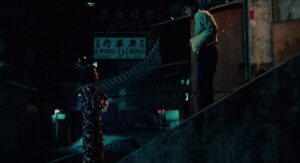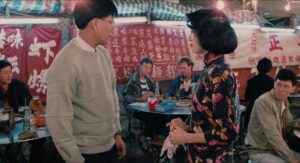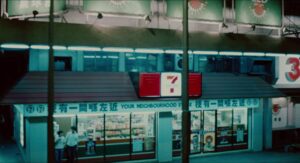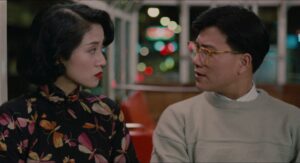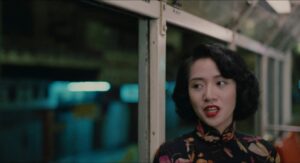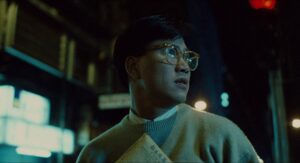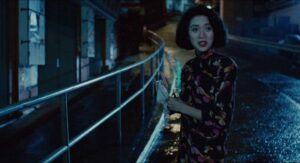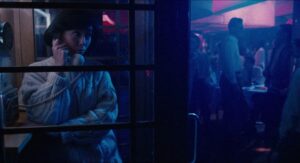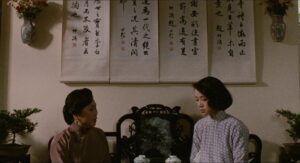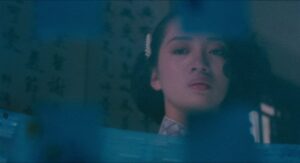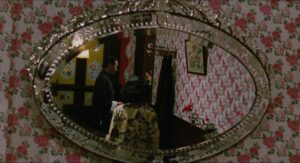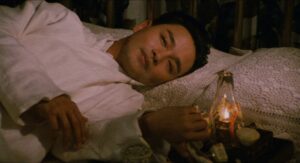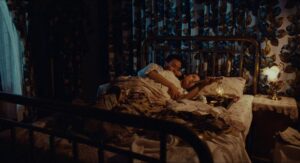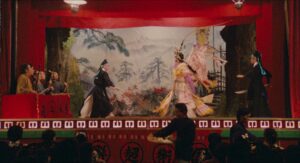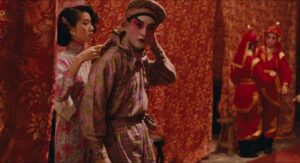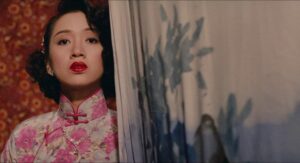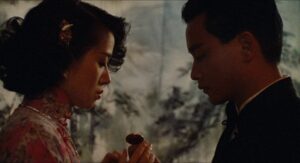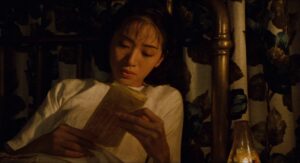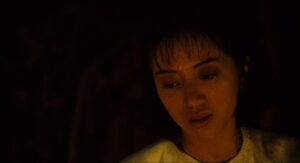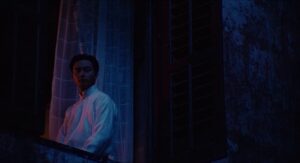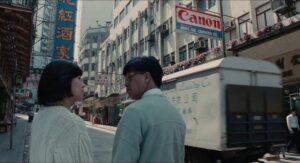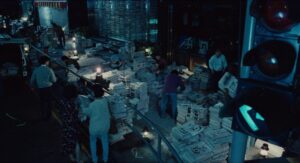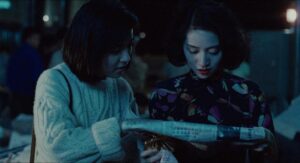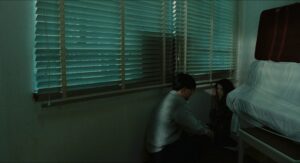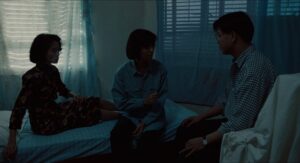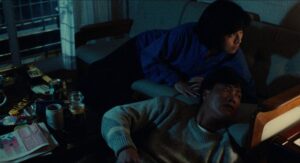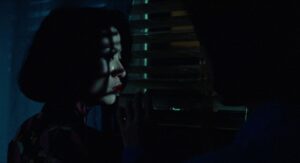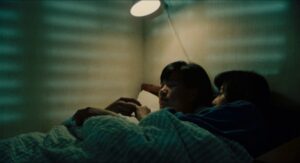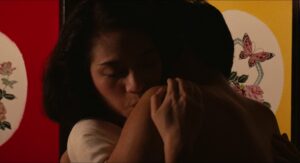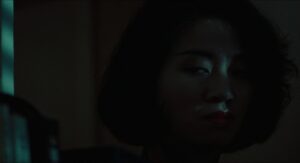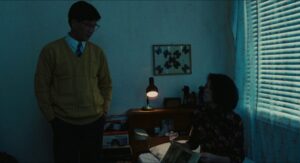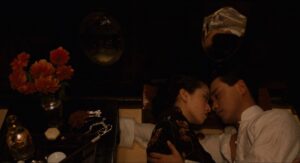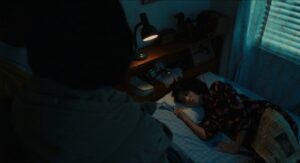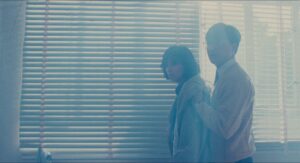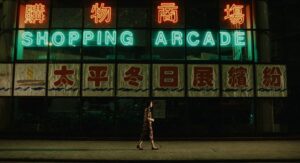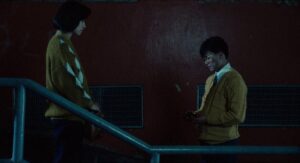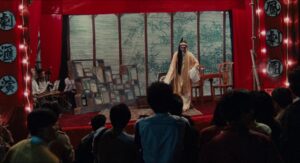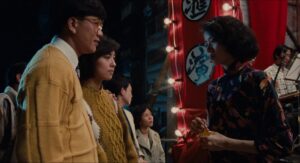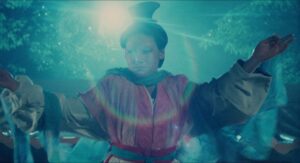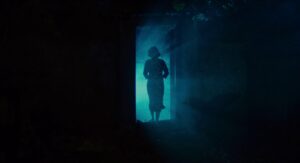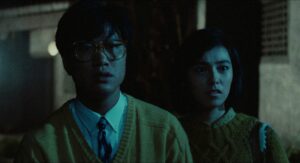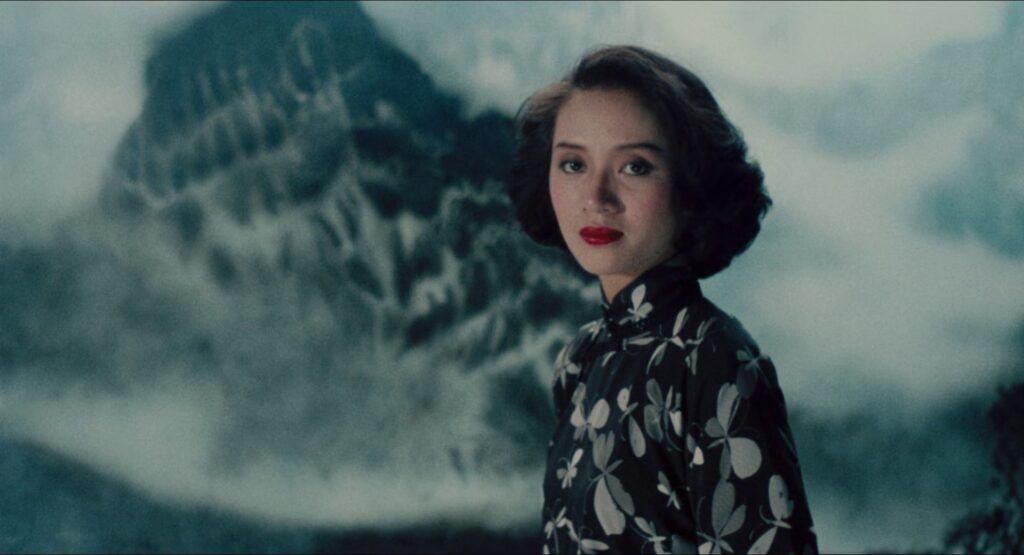
There’s something deeply unsettling about a ghost who’s not angry. Fleur doesn’t moan, doesn’t scream, doesn’t crawl across ceilings. She walks into a newsroom in 1980s Hong Kong like she’s still alive. Like she still belongs here. Like nothing’s changed.
But everything’s changed.
That’s the first trick Rouge pulls on you. You think you’re watching a romantic ghost story, an ethereal woman returns to find her lost lover after a failed double suicide, but really, you’re watching a story about the psychological ruins people build inside themselves to survive the unbearable. Rouge is not about death. It’s about what doesn’t die: fantasy, nostalgia, regret.
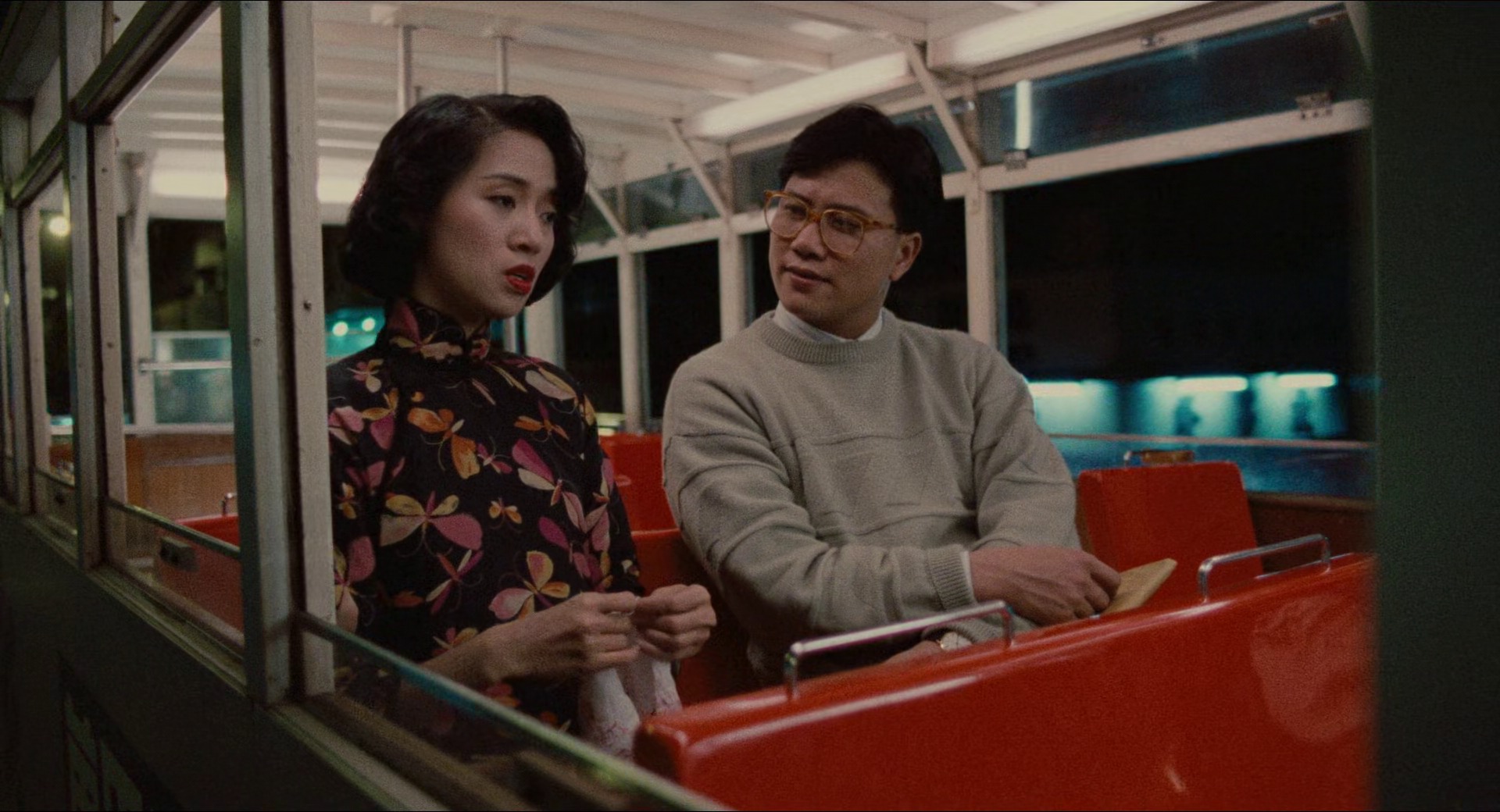
THE DELUSION OF “TRUE LOVE,” OR HOW TO BUILD A CAGE OUT OF MEMORIES
Let’s get this out of the way: Fleur’s love story is not romantic. Not really. Not in any healthy way. She was a 1930s courtesan, living in a brothel that looked like it had been dipped in opium smoke and powdered shame. He, Chan Chen-Pang, was a rich boy who liked the idea of love more than the work of it. He loved her, maybe. Or he loved how tragic she made him feel. That’s not the same.
And then they made a pact.
A suicide pact.
Because if you can’t live happily ever after, at least you can die together, right?
Except… he didn’t die.
And she waited. For fifty years. Ghosted in the most literal way.
Here’s where the psychology comes in. Fleur doesn’t come back to haunt him. She comes back because she still believes their love was real. She’s convinced something must’ve gone wrong, that he wanted to die for her, that they were meant to be together in some floating red lantern afterlife.
But that’s the lie. The lie she told herself to make sense of the pain.
What she can’t face is that maybe he changed his mind. Or maybe he never meant it in the first place. That maybe, just maybe, the love story was one sided all along.
And that realization is more horrifying than any ghost.
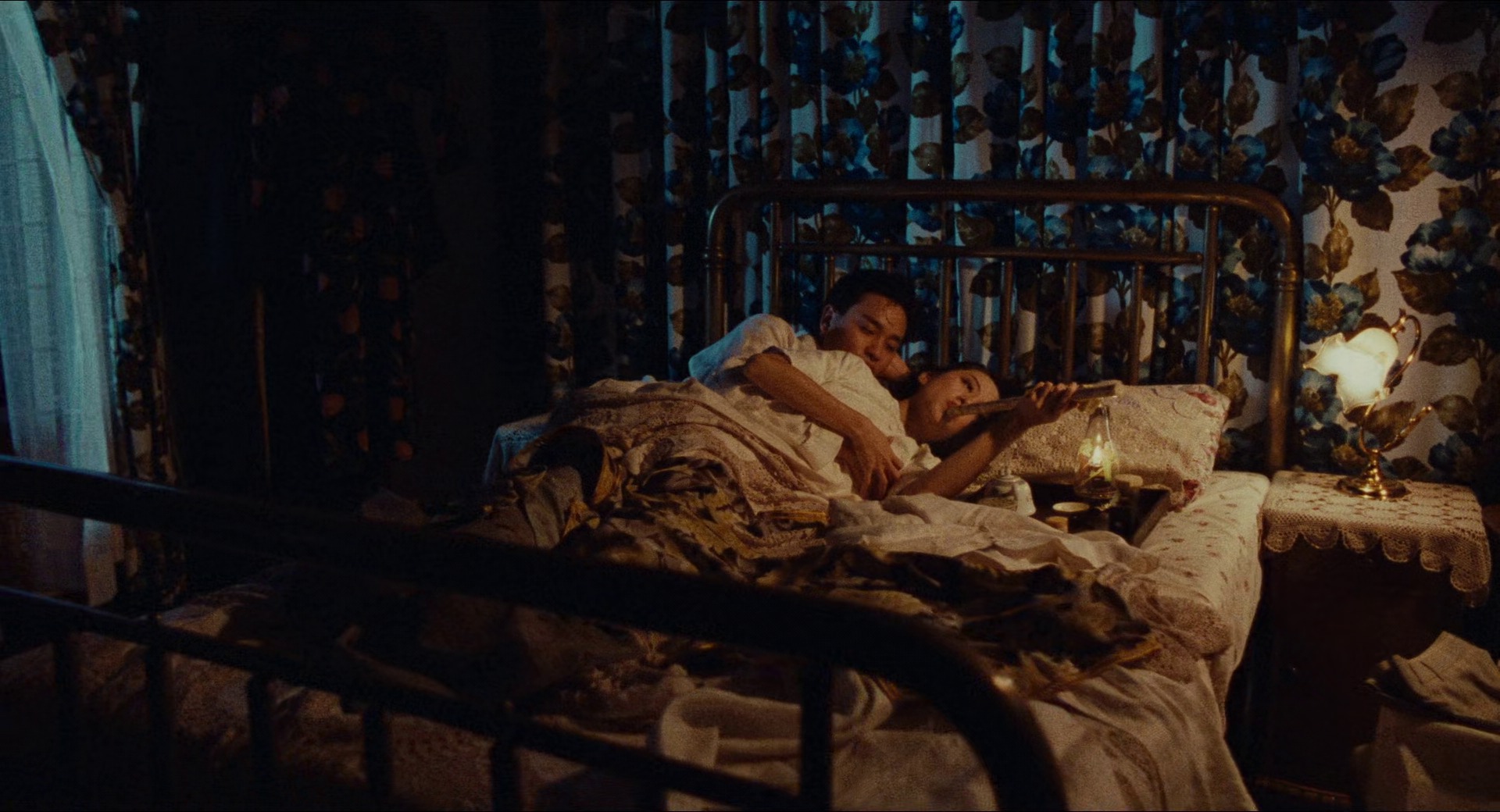
GRIEF DOESN’T MOVE FORWARD. IT MOVES SIDEWAYS.
Here’s the thing about Rouge that makes it stick to your bones like smoke. It doesn’t show grief as loud or wild. It shows it as quietly delusional.
Fleur doesn’t rage. She wanders.
She shows up in a modern newsroom like she’s just placing a classified ad. She floats through fluorescent lit streets with a sadness so soft it’s practically polite. But she’s trapped. In time. In memory. In the last moment she felt loved.
Psychologically, this is a textbook case of frozen grief, the kind that doesn’t get processed because the brain refuses to accept what actually happened. And when grief freezes, it turns into obsession. Nostalgia. Ritual. Delusion. And in Fleur’s case: ghosthood.
The truth is, she isn’t looking for closure. She’s looking for validation. For someone to confirm that what she remembers was real, that she wasn’t just a girl who killed herself for a man who walked away.
That’s the horror of Rouge. Not that she’s dead.
But that she can’t let go.
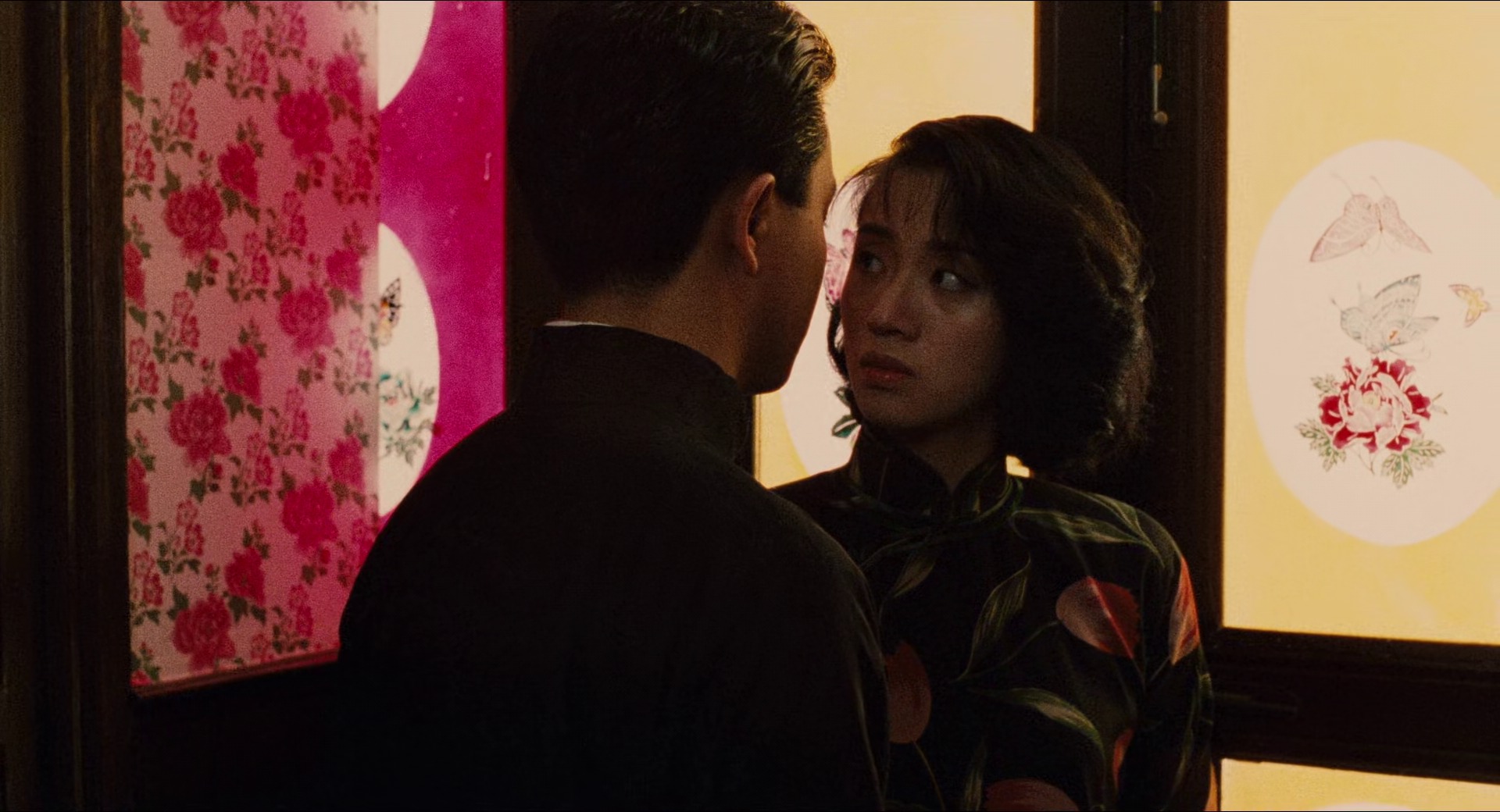
NOSTALGIA IS A POISON THAT SMELLS LIKE PERFUME
There’s a reason this movie splits its timeline between 1930s Hong Kong and 1980s Hong Kong. And it’s not just for aesthetics.
Old Hong Kong, the brothel, the opium, the dim red glow, is where Fleur’s heart still lives. It’s a place soaked in romance and death, where everything felt meaningful, even suffering. But when she returns in the ’80s, the city’s changed. Everything’s louder. Colder. Faster. The lovers who help her (the journalist and his girlfriend) don’t understand her language. Her world is gone.
And this isn’t just set dressing. It’s psychological.
Because nostalgia is never really about the past, it’s about what the present isn’t. Fleur doesn’t long for Chan as much as she longs for the version of herself who believed in Chan. She wants the glamour back. The illusion. She wants to go back to a time when her pain still felt beautiful.
That’s what nostalgia is: not memory, but fantasy.
And fantasy, when it calcifies, becomes a prison.
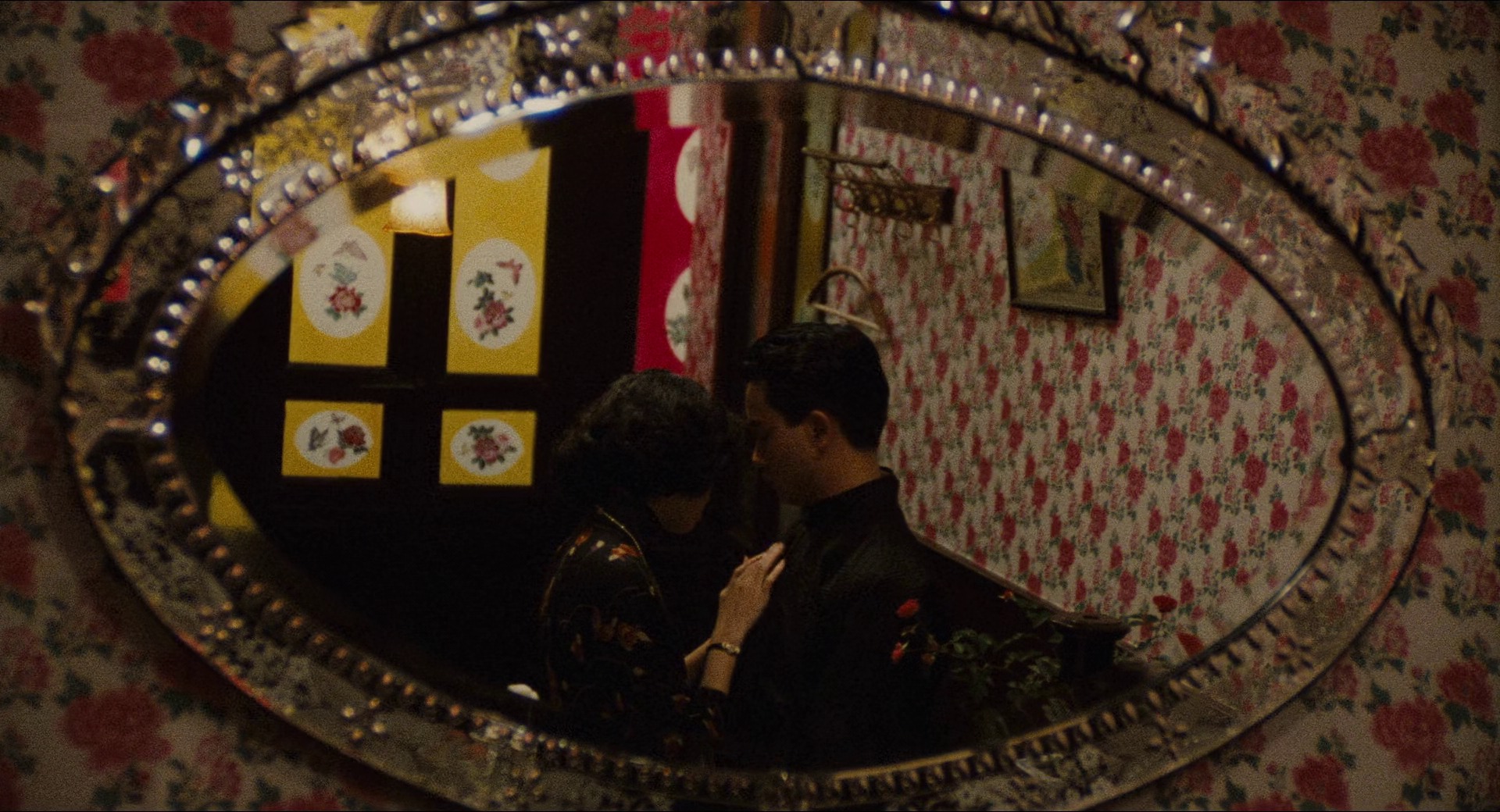
THE HAUNTING IS NOT SUPERNATURAL. IT’S INTERPERSONAL.
Most ghost stories are about unfinished business. Rouge is about denial.
Chan doesn’t want to see Fleur again. And when they finally reunite, spoiler alert, it’s not some swooning, operatic reconciliation. He’s older. Smaller. Sadder. He doesn’t even recognize her.
She confronts him, and he reacts like anyone would when their past knocks on the door in full makeup and a cheongsam: with shame.
This isn’t a supernatural haunting. It’s an emotional one.
He has buried her. Emotionally, socially, literally. And she digs herself back up to force him to look at what he did. But when she does, it’s not satisfying. It’s humiliating. For both of them.
Because there’s no catharsis. Just silence.
And that silence is the scariest part of all.
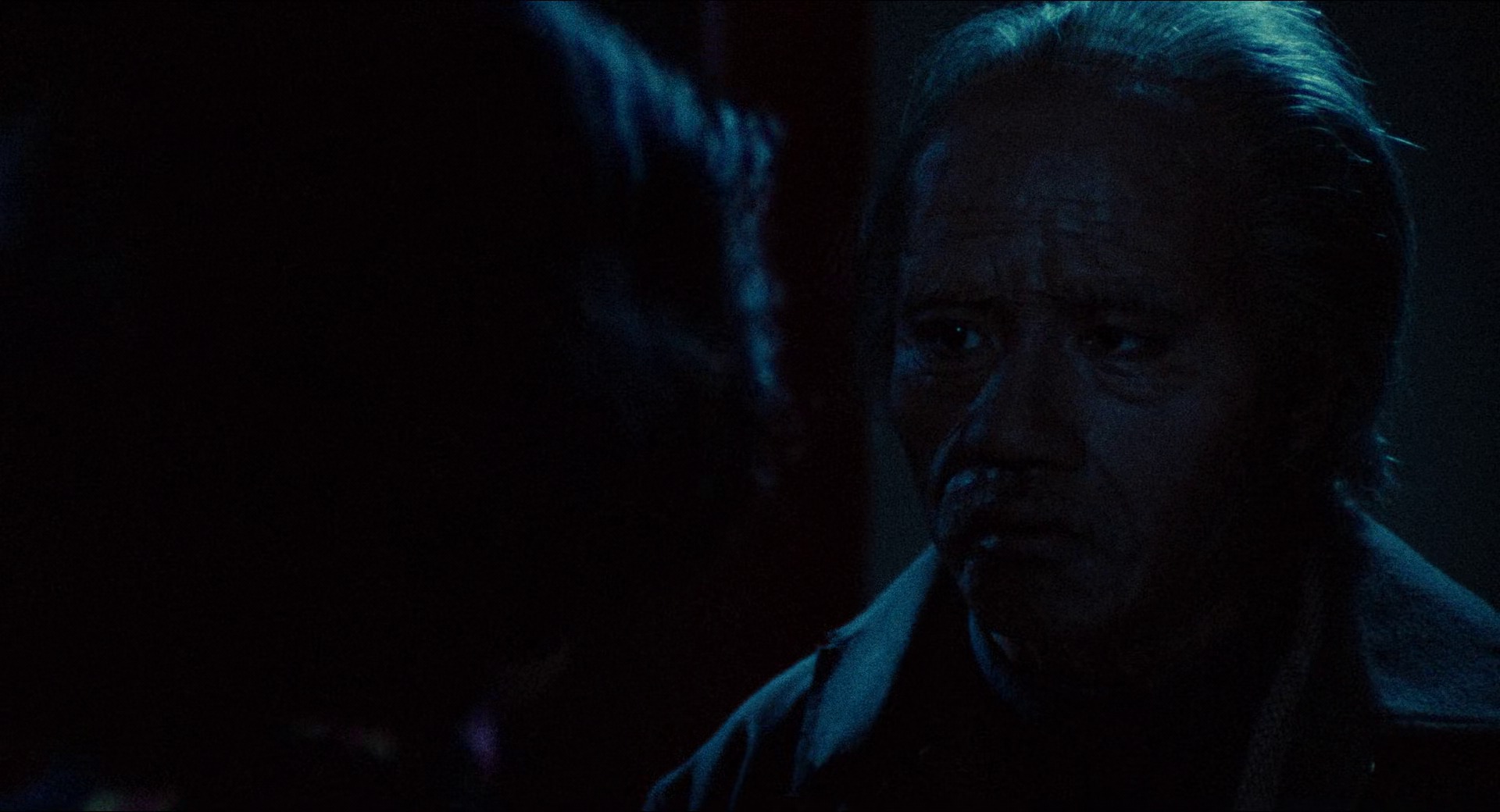
SO WHY DOES ROUGE STILL MATTER?
Because it tells the truth about love no one wants to say out loud:
That sometimes, love is just a shared delusion.
That people change.
That someone can mean the world to you, enough to die for, and you can mean almost nothing to them once the spell is broken.
That grief can fossilize into memory, and memory into madness, and madness into myth.
And that the most terrifying ghosts aren’t the ones who scream, they’re the ones who whisper: Remember me. Prove I mattered. Tell me I wasn’t a fool.
That’s what Rouge is.
Not a ghost story.
A love story that never ended, because one person refused to believe it didn’t end.
